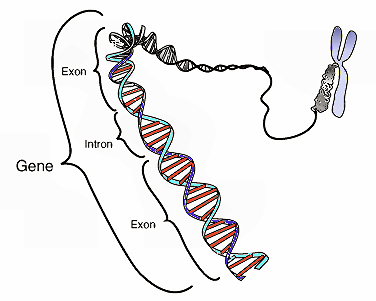'Avatars' reveal new genetic sources of drug response in late-stage colorectal therapy

Using pieces of human tumors grafted into mice, a team led by Johns Hopkins Kimmel Cancer Center researchers and their colleagues from the University of Torino has identified new mutations in six genes related to drug resistance and sensitivity in late-stage colorectal cancer.
The study, summarized Sept. 30 in the journal Nature, is believed to be the first to identify changes in a gene called IRS2 that may explain why some patients have lasting responses to a class of anti-cancer drugs known as epidermal growth factor receptor (EGFR) inhibitors, the researchers say. The EGFR inhibitors cetuximab and panitumumab are among the most common targeted therapies now used to treat late-stage colorectal cancer.
Tumorgraft mice, dubbed "avatars" because they act as stand-ins for human experiments, have tiny pieces of human tumor tissue implanted in their bodies. They potentially give scientists an opportunity to study the genetics and response to therapy of individual tumors in an environment that more closely resembles human patients' tumors.
In their new analysis of 129 colorectal mouse avatars, along with 55 other human tumor samples, Victor Velculescu, M.D., Ph.D., and his colleagues identified all known genetic mutations linked to EGFR inhibitor resistance, they report, while also uncovering new mechanisms of response to this therapy.
The study's success in replicating earlier findings, while also uncovering new mechanisms of response to EGFR inhibition, suggests that avatars could someday play an important role in developing individualized treatments for patients, says Velculescu, a professor of oncology and pathology at the Johns Hopkins University School of Medicine and co-director of the Kimmel Cancer Center's Cancer Biology Program. They might also be useful in helping pharmaceutical companies more rapidly test new cancer therapies and combinations of therapies.
"This study demonstrates that avatars can provide a systematic way to evaluate targeted therapies in human cancer and to link these responses to the underlying genomics," says Velculescu. "Successful treatments in avatars may guide new therapies in individual patients and help drug development."
Kimmel Cancer Center research fellow Eniko Papp, Ph.D., an author on the study, says avatars provide a way for scientists to see how genetically different tumors respond to a specific treatment, without the complications of human trials. "The challenge with tumor samples from clinical trials is that oftentimes these patients are treated with multiple therapies," she explains. "Therefore, it's difficult to know whether a patient's response is directly related to the therapy being tested in the clinical trial or whether they are responding to another intervention."
The study by Velculescu, Papp and colleagues is believed to be one of the first comprehensive, large-scale genomic analyses of tumorgraft avatars, they say. After treating the avatars with the EGFR inhibitor cetuximab, the scientists discovered previously unknown mutations in the ERBB2 (four tumors), EGFR (one tumor), FGFR1 and PDGFRA (four tumors each), and MAP2K1 (one tumor) genes that appeared to make these tumors resistant to cetuximab from the start of treatment.
The research team says they found genetic changes in EGFR in two patients that helped the tumor acquire resistance after previous treatment with cetuximab.
The discovery of IRS2 mutations that make colorectal cancers more sensitive to cetuximab was a surprising one, says Papp. In seven of the tumors (10 percent), changes to the IRS2 gene were associated with stable or shrinking tumors when treated with cetuximab.
"Although there were many mechanisms of resistance known, before this study there weren't any known mechanisms of sensitivity," explains Papp. "It seems like there are only a small number of patients who have long-term responses to this kind of anti-EGFR therapy, and this gene is likely to be one of the main reasons why they do."
Papp adds that a large-scale clinical trial is needed to know whether IRS2 might be a good marker for determining whether a patient will respond well to cetuximab therapy.
More than two-thirds (77 percent) of the avatars had genetic mutations that could potentially be treated with existing drugs, the researchers found. They tested combinations of EGFR inhibitors and other drugs targeting the resistance genes on different tumor types and found in each case that the combination treatment worked better than a single drug at suppressing the tumors' growth.
Velculescu says this type of testing could guide clinicians as they look for specific drug combinations to treat their patients' unique cancers. "What's happening now is that there are so many potential drug combinations and so many of these genetic changes that it's hard to design traditional clinical trials to test all of them," he notes. "But eventually this could be the kind of information you'd want to be able to quickly look up, to compare the genomic profile of an individual patient with genetic data collected in sensitive or resistant cancers, and to use that information to help guide therapy."
More information: The genomic landscape of response to EGFR blockade in colorectal cancer, Nature, DOI: 10.1038/nature14969


















